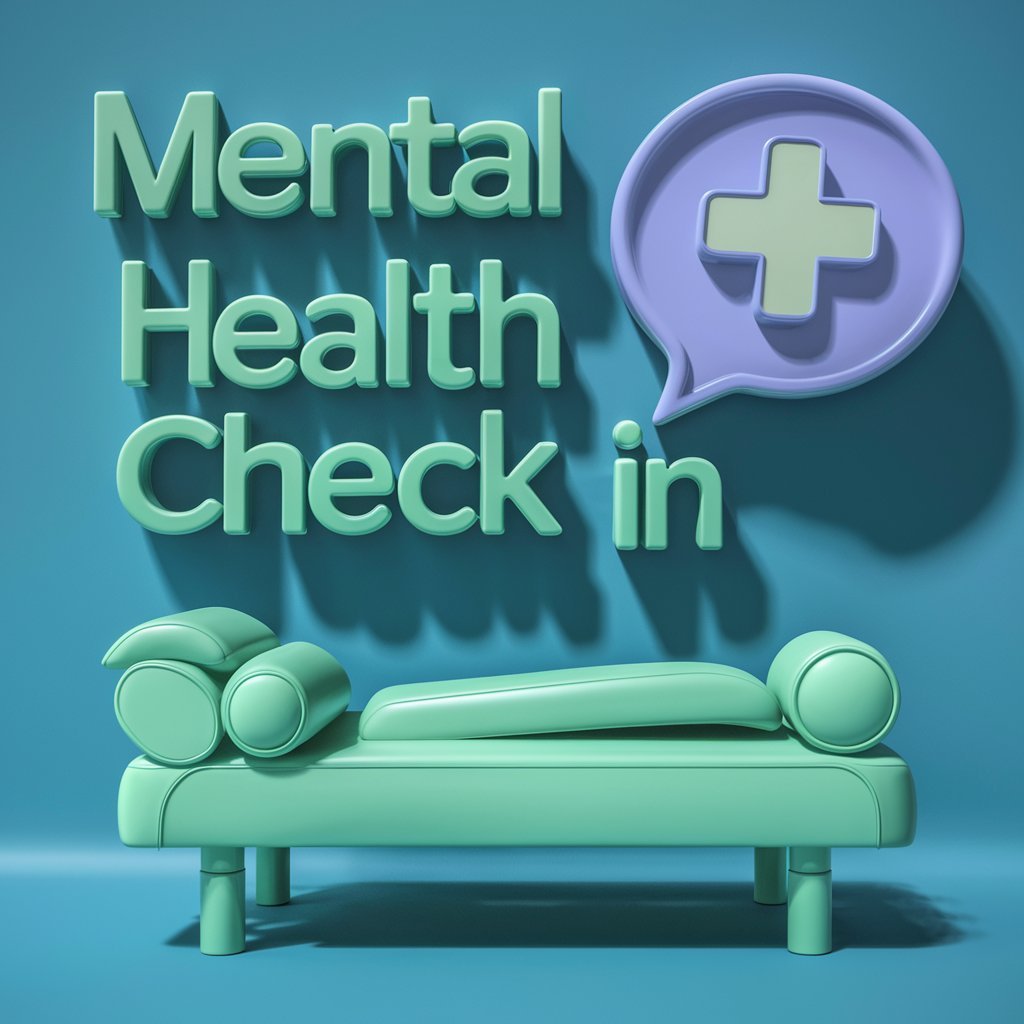Physical abuse is a serious issue that affects individuals of all ages, genders, and backgrounds. It can have lasting physical and emotional effects on the victim, and breaking the cycle of abuse is crucial for their well-being. In this article, we will discuss how to recognize physical abuse, and provide strategies for addressing it.
Recognizing Physical Abuse
Physical abuse can take many forms, including hitting, punching, kicking, slapping, or any other form of physical violence. It is important to be able to recognize the signs of physical abuse in order to take appropriate action. Some signs of physical abuse include:
- Unexplained injuries or bruises
- Frequent visits to the emergency room
- Unexplained absences from work or school
- Fear of the abuser
- Withdrawal from friends and family
If you suspect that someone you know is being physically abused, it is important to take action. This may involve talking to the victim, offering support, and helping them access resources for assistance.
Addressing Physical Abuse
Addressing physical abuse requires a multi-faceted approach that involves both the victim and the perpetrator. Here are some steps that can be taken to address physical abuse:
- Encourage the victim to seek help from a trusted individual or support organization
- Report the abuse to the authorities if necessary
- Offer emotional support to the victim
- Encourage the perpetrator to seek help through counseling or therapy
- Provide resources for both the victim and the perpetrator, such as shelters or hotlines
Breaking the cycle of physical abuse requires a commitment to creating a safe and supportive environment for those affected by abuse. By taking action and speaking out against abuse, we can help prevent future incidents and support those who have been victimized.
Conclusion
Recognizing and addressing physical abuse is crucial for breaking the cycle of violence and promoting a safe and healthy community. By being aware of the signs of physical abuse and taking action to support those who are affected, we can make a difference in the lives of victims and help prevent future incidents of abuse.
FAQs
Q: How can I help someone who is being physically abused?
A: If you suspect that someone you know is being physically abused, the first step is to offer your support and let them know that you are there to help. Encourage them to seek help from a trusted individual or support organization, and provide resources for assistance.
Q: What should I do if I am being physically abused?
A: If you are being physically abused, it is important to remove yourself from the situation and seek help as soon as possible. Contact a trusted friend or family member, or reach out to a support organization for assistance. Remember that you are not alone, and there are resources available to help you break free from the cycle of abuse.





